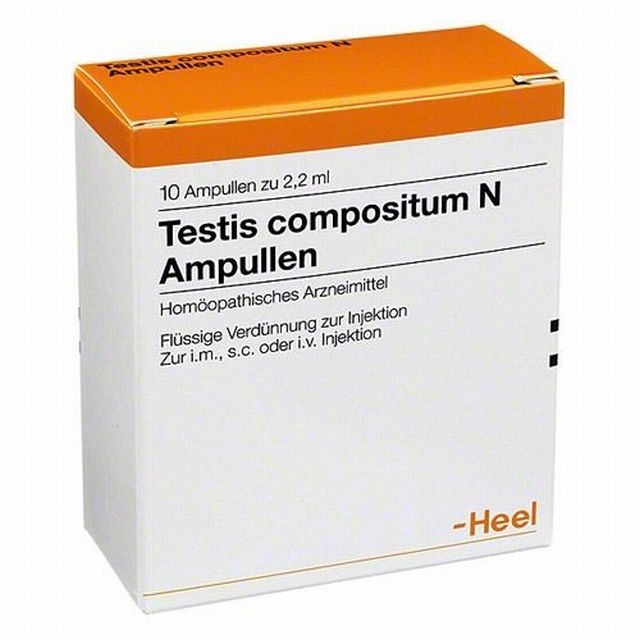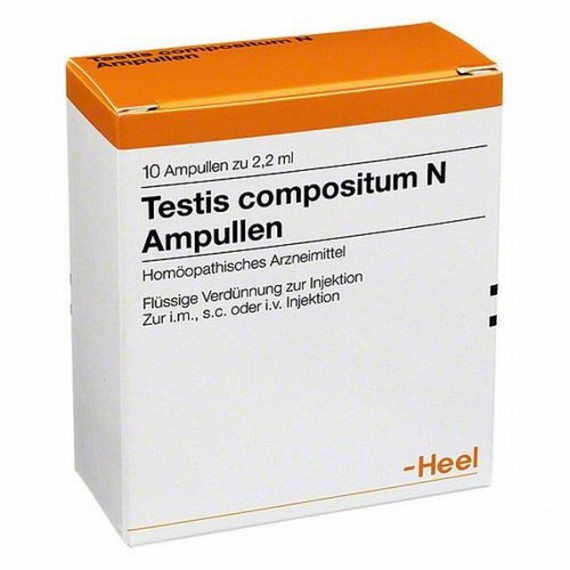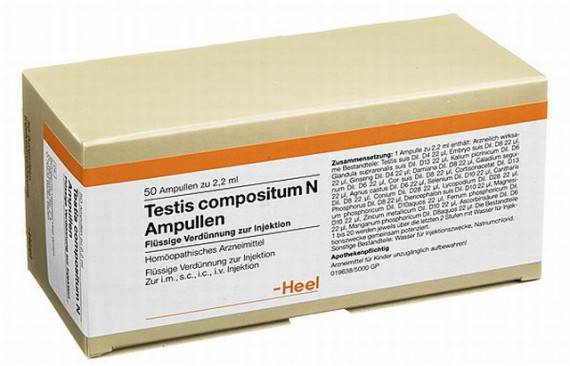
Hundreds of articles have been written about Oscar Pistorius and “roid rage” after police allegedly discovered prohibited anabolic steroids at his home. This led to much discussion and speculation that “roid rage” may have caused Pistorius to kill his girlfriend. It turns out that the police made an embarrassing mistake. They didn’t really find anabolic steroids after all.
Hilton Botha, a Detective Warrant Officer for the South African Police Service, testified in Pretoria Magistrate’s Court that he found two boxes of testosterone, needles and syringes in Pistorius’ bedroom. South African State Prosecutor Gerrie Nel also told the court that police found testosterone.
Detective Botha was forced to withdraw his testimony after admitting he “didn’t read the whole name” on the box of suspected steroids after a cross-examination by Pistorius’ defense attorney.
Instead, it appears that police and prosecutors mistakenly identified an innocuous homeopathic preparation as testosterone. The product was “testocomposutim coenzyme” according to the New York Times.
Barry Roux, a lawyer for Mr. Pistorius, cross-examined Detective Botha, seeking to poke holes in his account.
The substance found, Mr. Roux said, was not testosterone at all but a herbal supplement called testocomposutim coenzyme, which is used by many athletes and not banned by anti-doping agencies. Asked if the substance had been tested, Detective Botha said tests had not yet been completed.
“I didn’t read the whole name” on the container, Detective Botha admitted.
A Google search for “testocomposutim coenzyme” did not result in a match for any products by that name. The closest match was a homeopathic remedy called “testis composutim” that appears to be somewhat consistent with Roux’s description of the product .
Pistorius’ lead defense lawyer, Barry Roux, asserted when questioning the detective — who has 16 years’ experience as a detective and 24 years with the police — that it was not a banned substance and that police were trying to give the discovery a “negative connotation.”
“It is an herbal remedy,” Roux said. “It is not a steroid and it is not a banned substance.”
A pending lab analysis will make the final determination as to the presence or absence of banned anabolic steroids.
Is ‘testis compositum’ the mystery substance used by Pistorius? If so, what is it?
Testis compositum is manufactured by Heel. It is a combination of several organ extracts (including animal testicles) and various homoeopathic remedies according to the manufacturer.
Testis compositum contains five different organ extracts: testis suis (animal testicles), embryo suis (embryo), diencephalon suis, cor suis (heart) and glandula suprarenalis suis.
Testis compositum includes multiple single homoeopathic remedies: Aralia quinquefolia, Selenium metallicum (selenium), Lycopodium clavatum (club moss), Conium maculatum (spotted hemlock), Ferrum phosphoricum (iron phosphate), Zincum metallicum (zinc), Phosphorus, Curare (arrow poison), Caladium seguinum, Cantharis (Spanish Fly), Agnus castus (chaste tree), Damiana (Turnera aphrodisiaca), Panax ginseng, Kalium picrinicum (potassium picrate), Strychninum phosphoricum (strychnine phosphate), Magnesium phosphoricum (magnesium), Manganum phosphoricum (managanese phosphate). It also contains the following enzyme “co-factors”: Acidum ascorbicum (Vitamin C) and Cortisonum aceticum (cortisone acetate).
If athletes are still injecting animal testicle extracts, it represents a major step backwards for science. While this may have been popular among athletes over a century ago (e.g. Baseball Hall of Famer Pud Galvin’s injections of Brown-Séquard Elixir in 1889), most athletes have upgraded their choice of performance-enhancing products to reflect advances in science.
At any rate, Testis Compositum will surely make a great addition to the deer antler spray non-doping doping regimen!
UPDATE February 24, 2013: Various news media have confirmed the product was “Testis Compositum.”


About the author
Millard writes about anabolic steroids and performance enhancing drugs and their use and impact in sport and society. He discusses the medical and non-medical uses of anabolic-androgenic steroids while advocating a harm reduction approach to steroid education.

Leave a Reply
You must be logged in to post a comment.